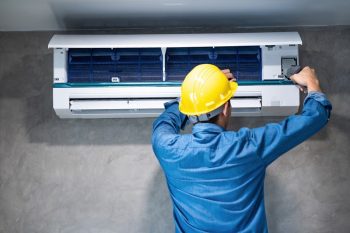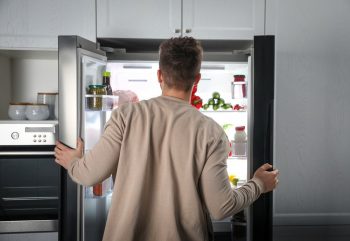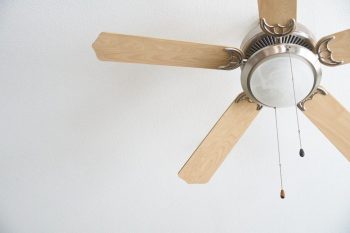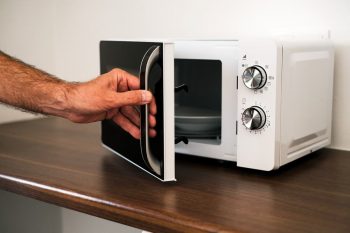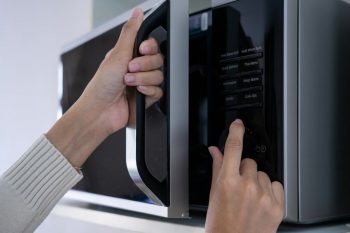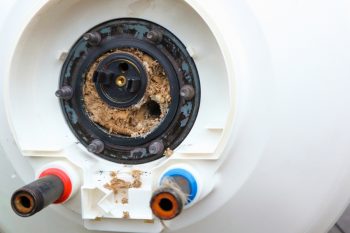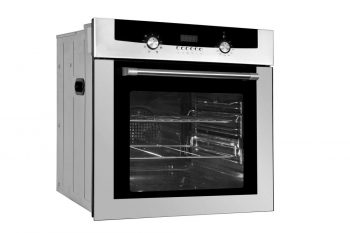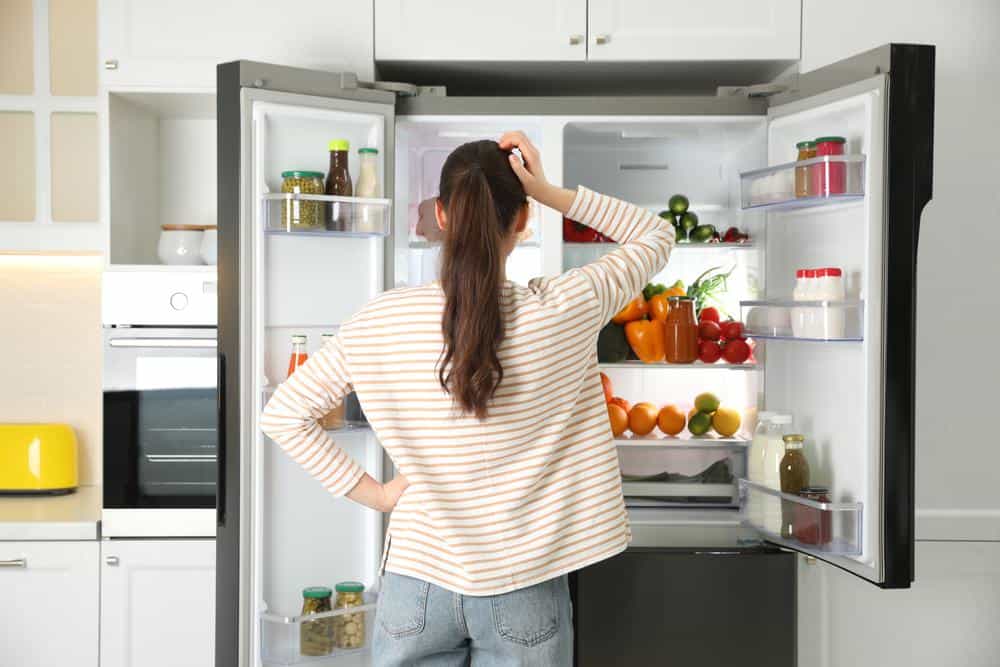
In the world of home appliances, the refrigerator is a critical player. It keeps our food fresh, our beverages cold, and our leftovers safe for another day. But what happens when the back of your fridge starts acting more like a freezer? You find yourself with frozen vegetables, solid milk, and ice-encased eggs. Why does this happen and how can you prevent it? Let’s dive in.
Things freeze in the back of your refrigerator due to various reasons. The primary causes include incorrect temperature settings, blocked air vents, overstocking, and malfunctioning refrigerator parts. To prevent this, ensure that your fridge’s temperature is set between 35°F and 38°F, the air vents are not blocked, the fridge isn’t overstocked, and all components are functioning correctly. If the issue persists, it may be time to consult a professional technician.
Understanding Your Refrigerator’s Mechanics
To understand why things freeze in the back of your refrigerator, it’s crucial to understand how a refrigerator works. A fridge uses air vents to circulate cold air and maintain a consistent temperature throughout the storage area. However, if food items or containers obstruct these air vents, they may be exposed to more cold air and freeze over time.
The Role of Temperature Regulation
Temperature regulation plays a significant role in this freezing saga. When the temperature of a material is reduced below its freezing point, the water content in the material starts to crystallize and form ice. If the temperature regulation in your refrigerator is not maintained properly, it can lead to the formation of ice crystals within your food, affecting its texture and quality upon thawing.
Ideal Temperature for a Refrigerator
The recommended temperature range for a refrigerator is between 35°F and 38°F (1.7°C to 3.3°C). This range is close to freezing but not cold enough to freeze the items inside. If the temperature control is set too low, it can cause the refrigerator to become too cold, leading to the freezing of items. On the other hand, if the temperature control is set too high, it may not be cold enough to keep perishable items fresh and safe from bacterial growth.
Overstocking and Freezing
Overstocking your fridge can also contribute to freezing. When the fridge is packed tightly, the cold air doesn’t circulate effectively, leading to uneven cooling. Consequently, some items may freeze, while others may not be kept cold enough.
Signs Your Refrigerator Might Be Malfunctioning
Several signs indicate your refrigerator might be malfunctioning, causing items to freeze. These include incorrect temperature settings, faulty thermostat, damaged gasket, blocked air vents, faulty damper, dirty condenser coils, leaky door seals, and a faulty sensor.
Long-Term Solutions
To prevent things from freezing in the back of your refrigerator, you can follow several long-term solutions. These include setting the correct temperature, rearranging your food, inspecting door seals, maintaining proper airflow, and regular maintenance such as cleaning the condenser coils.
Wrapping Up
In conclusion, various factors can cause items to freeze in the back of your refrigerator. By understanding these causes and implementing the suggested solutions, you can prevent unwanted freezing and maintain the freshness and quality of your stored food. If you’ve tried these solutions and the issue persists, consider consulting a professional technician for further assistance.
Remember, a well-maintained refrigerator is key to preserving your food and ensuring the longevity of your appliance. So, keep these tips in mind and never find yourself chipping away at a block of frozen milk again!
Frequently Asked Questions
How can I check if my refrigerator’s thermostat is faulty?
You can check your refrigerator’s thermostat by setting it to a specific temperature, then using a thermometer to measure the refrigerator’s internal temperature after 5 to 8 hours. If the thermometer’s reading significantly differs from the thermostat setting, your thermostat might be faulty.
How often should I clean the condenser coils of my refrigerator?
The condenser coils of your refrigerator should be cleaned at least twice a year. If your home is particularly dusty or if you have pets, you may need to clean them more frequently.
How can I prevent overstocking my refrigerator?
To prevent overstocking, try to maintain a balance between having enough food and allowing for proper air circulation. Avoid blocking the vents with food items, and try to organize items in a way that allows cold air to circulate freely.
How do I inspect the door seals of my refrigerator?
To inspect the door seals of your refrigerator, close the door on a thin piece of paper. If the paper slips out easily, your seals might be worn out and need replacing. Also, check for any visible cracks or tears on the seals.
What should I do if my refrigerator continues to freeze items despite trying these solutions?
If your refrigerator continues to freeze items despite trying these solutions, it’s best to call a professional technician. There might be a more complex issue like a faulty sensor or a problem with the refrigeration system that needs professional attention.

